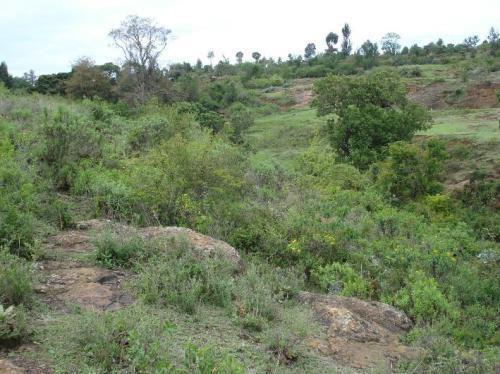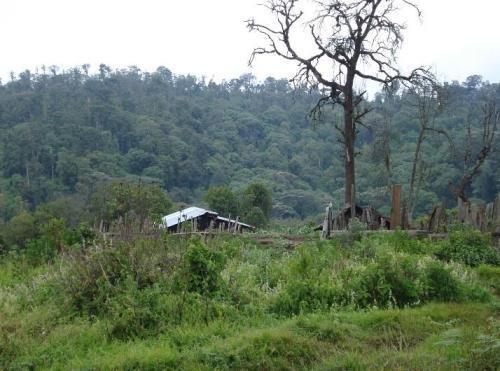Mwangi Githiru
Other projects
7 Jun 2010
Boosting Environmental Conservation and Social Development Around the Mau Forest Water Tower
This project aims to strengthen a local community conservation (youth) group and increase tree cover in the Kamwaura landscape.

Kamwaura (the focal study site) lies on the easternmost fringes of the Mau Forest complex, a key water catchment site in Kenya. This area forms part of the River Njoro watershed, an important river draining into Lake Nakuru. Years of wanton (largely commercial and illegal) timber extraction has left the Riverine gallery forest bereft of trees. This project mainly aims to build a robust community-based conservation group, replant trees along this river, and provide farmers with saplings to plant on their farms in order to contribute to a forested landscape. It will support nascent efforts of a local youth group. The underlying principles for this project are threefold:

Socio-economic: This area lies on the fringes of the extensive Mau Forests one of the key water catchment areas in Kenya (water tower) and important biodiversity area. This project will lay the grounds for afforestation of the degraded gallery forest, thereby help in reinforcing the catchment properties of this river which, besides being vital source of water for the local communities, also drains in the world-renown Lake Nakuru
Social: this project will also help build a nascent local community group into a strong, coherent and focussed group which will be a key driver for environmental conservation in this area for many years to come. They will interact with an established group (KENVO) and learn what it takes to do conservation on the ground the challenges and maintaining motivation. In KENVO, they will have a strong mentoring organization
Originality: this project will break important grounds for future conservation work and biological research in this much neglected area. Besides rekindling interest in the environment and biodiversity amongst the local community, it will pave way for other initiatives such as eco-agriculture and biological research by mapping key areas and having a strong local group that can provide assistants and undertake biological monitoring in future.